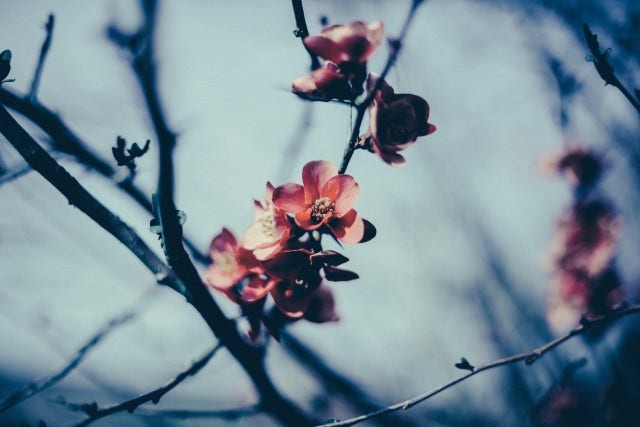

Spring has sprung, and with it, plenty of nature photography opportunities. With flowers bursting into full bloom and wildlife emerging from their winter havens, there’s no better time to grab your camera and head outdoors to capture the spring colour.
But photographing nature isn’t easy, which you’ll know if you’ve ever come home after a day of shooting inspiring landscapes and wildlife only to find your photos flat and lifeless.
As with all photography, there is an art to spring photography. There are a few tricks to creating more vibrant photographs by accentuating colour, texture and details. Here are four ways you can make your spring pics pop.
1. Capture the wildlife
Spring signals new life. Birds’ nests are full of eggs, joeys are popping their heads out of their mother’s pockets and baby koalas are clinging to their mother’s backs.
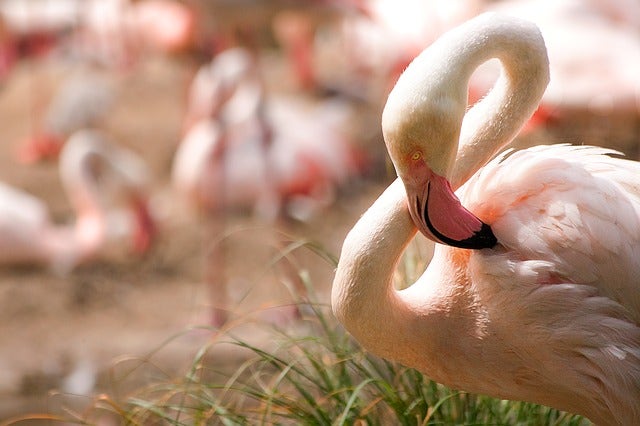
If you want to bring animals to life in your images, considering getting down to their eye level. This makes for an up-close-and-personal perspective that makes your pictures feel instantly more intimate.
Animals are flighty creatures, so if you want to guarantee capturing clear, sharp images, make sure you keep your camera setting on a fast shutter speed. It may also be easier if you have a telephoto lens to snap the wildlife from afar without spooking them.
2. See plants from a new perspective
New blooms in spring can be stunning, but without the right camera settings and an original viewpoint, your photos could end up looking pretty bland.
For those close up pictures of a blooming wattle or bottlebrush, a macro lens is invaluable. A macro lens enables extreme close ups so you can capture the fine details on your flowers and leaves.
Alternatively if you’re shooting a field of flowers or crops, use a telephoto lens and a narrow aperture to optimise depth of field. To create a more eye-catching composition, place a focused burst of colour in the foreground, with blurry or receding colours behind it.
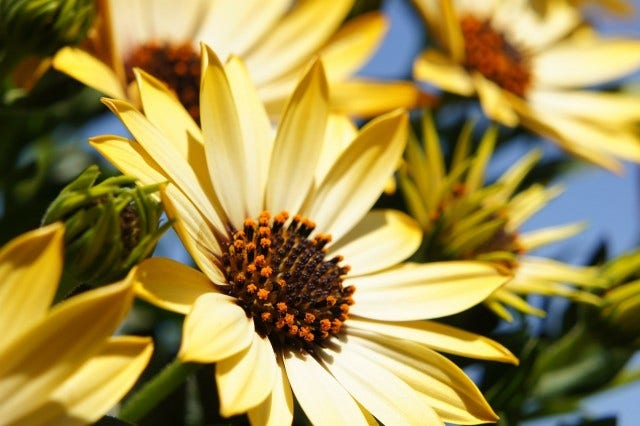
Finally, consider heading out at dawn, when the petals are crisp and there are still a few drops of dew on their surface, highlighting their vibrant colours.
3. Use the light
Spring is all about light and colour. With the days lengthening, you’ll have more opportunities to photograph nature in the mornings and evenings when the sun hovers on the horizon for longer and the diffused light creates a perfect balance of light and shadow. Make sure you get out there to make the most of it.
Sunrises and sunsets are often the times when animals are most visible. Head out around these times and you’ll have a better chance of capturing wildlife, whether it’s a joey hopping into its mother’s pouch or a magpie heralding in a new day.
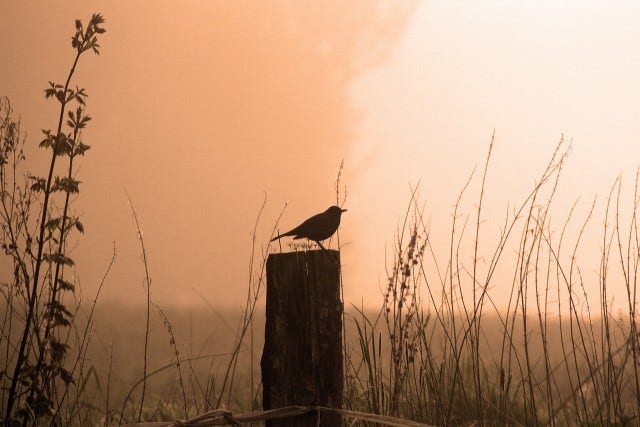
4. Make the most of stormy weather
Spring can mean a lot of rain – but that doesn’t have to deter you from venturing outside with your camera. Stormy skies can create an extra layer of detail in your photographs. Intriguing cloud shapes and colours can create a moodiness that will help your spring photos stand apart and make people pay attention.
After it rains, you’ll also have plenty of opportunity to add extra details using rain drops and puddles. The reflections from fresh water will help accentuate those colours and textures you typically find around springtime.
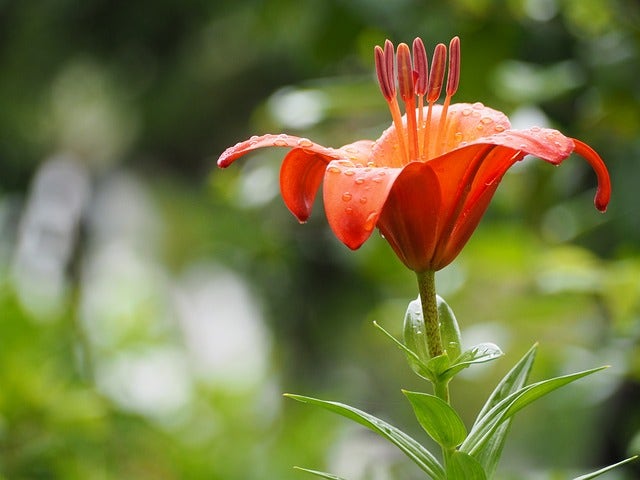
Have you captured that perfect nature photograph that epitomises spring? We'd love to see it. Please share it with us on our Camera House Facebook page. And if you're after the ideal equipment for your springtime nature photography, check out our camera equipment and accessories online today.
